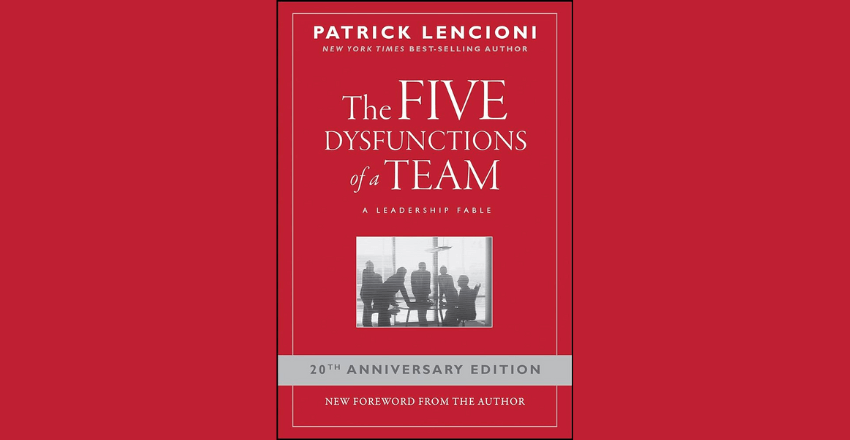Menu
April 14, 2024

Think motivating remote developers is mission impossible?
You’re not alone.
Yet, after driving multiple tech projects to completion, all with a remote workforce, I’ve uncovered strategies that work wonders. I’m here to share them with you.
The future of work is here. And it’s remote. But how do you keep your development team motivated when they’re scattered across time zones?
Let’s be honest. Motivating a remote team isn’t a walk in the park. The lack of physical presence can make it challenging to foster a sense of unity and purpose. But fear not. With the right strategies, you can inspire your remote developers to excel beyond expectations.
Table of Contents
ToggleThink about the last time you felt truly motivated. Chances are, you had a clear understanding of what was expected of you. This is no different for remote teams. Start by setting clear, achievable goals. Your team should know exactly what they’re working towards and why it matters. Use tools like Slack, Zoom, and Asana to keep everyone on the same page.
Frequent check-ins are crucial. Schedule regular one-on-ones and team meetings. This not only helps track progress but also shows your team that you’re invested in their success. Remember, communication is a two-way street. Encourage feedback and listen to your team’s concerns.
Expert Insight: John Doerr, author of “Measure What Matters,” emphasizes the importance of OKRs (Objectives and Key Results). He suggests that setting and communicating clear objectives can align team efforts and boost motivation.

Example: A tech company like GitLab, which is fully remote, uses OKRs to ensure that all team members are aligned with the company’s goals. Regularly updating progress on these OKRs keeps the team engaged and focused.
Imagine you lead a remote development team working on a critical project with a tight deadline. Recently, you noticed a drop in productivity and an increase in miscommunications. The project seemed to be lagging, and team morale was dipping. You decided it was time to overhaul your communication strategy using the principles from John Doerr’s “Measure What Matters.
Step 1: Set Clear, Achievable Goals

First, you gathered the team for a Zoom meeting to discuss the project’s main objective and the key results needed to achieve it. You broke down the project into smaller, manageable tasks and assigned each team member specific roles with clear deadlines.
Step 2: Implement OKRs
Next, you introduced the concept of OKRs. Each team member was asked to create their own OKRs aligned with the project’s main objective. For example, one developer’s objective was to improve the performance of the application’s database. Their key results included optimizing queries, reducing response time by 20%, and conducting load testing.
Step 3: Utilize Communication Tools Effectively
To keep everyone on the same page, you integrated Slack for daily communication, Asana for task management, and Zoom for weekly progress meetings. You established a routine where every morning started with a quick stand-up meeting on Slack, where team members shared their daily goals and any blockers they faced.
Step 4: Schedule Regular Check-Ins
You also scheduled bi-weekly one-on-one meetings with each team member. These sessions were crucial for providing personalized feedback, understanding individual challenges, and offering support. During these meetings, you encouraged open dialogue, allowing team members to voice their concerns and suggestions.
Step 5: Monitor and Update Progress
Progress on OKRs was tracked in Asana, and updates were shared during the weekly Zoom meetings. This transparency ensured that everyone knew how the project was progressing and how their contributions fit into the bigger picture. It also created a sense of accountability and camaraderie.
Step 6: Foster a Feedback Culture
Finally, you cultivated a culture of continuous feedback. After completing each milestone, you conducted retrospective meetings to discuss what went well and what could be improved. This iterative process helped in making necessary adjustments promptly.
By implementing these strategies, you noticed a significant improvement in team productivity and morale. The clear communication of goals and frequent check-ins made each team member feel more connected and valued. The use of OKRs aligned everyone’s efforts towards the common objective, fostering a sense of purpose and achievement.
Recognition is a powerful motivator. Celebrate the small wins, not just the big ones. Publicly acknowledge individual contributions during team meetings or on company-wide channels. A simple “great job” can go a long way.
You can also implement a rewards system. Offer incentives like gift cards, extra time off, or even a shout-out on social media. When your team feels valued, their motivation to perform well increases.
Expert Insight: Daniel Pink, in his book “Drive,” highlights the importance of intrinsic motivation. He notes that recognition and praise can significantly boost motivation by fulfilling the need for autonomy, mastery, and purpose.

Example: Buffer, a social media management tool, has a “Buffer Boot” program where team members can nominate each other for exceptional work. These nominations are publicly acknowledged, fostering a culture of recognition.
Nobody likes to feel stagnant. Provide opportunities for your team to learn and grow. Offer access to online courses, webinars, or even mentorship programs. Encourage them to pursue certifications and attend industry conferences (even virtually). When your team members see a path for advancement, their motivation levels will naturally rise.
Expert Insight: According to the Harvard Business Review, employees who feel they are growing in their roles are more likely to stay motivated and committed to their work.
Example: Automattic, the company behind WordPress, offers an annual stipend for employees to attend conferences or take courses. This investment in their growth keeps them engaged and motivated.

Burnout is a real threat, especially in remote settings where boundaries between work and personal life can blur. Encourage your team to take breaks, set boundaries, and maintain a healthy work-life balance. Flexible working hours can be a great way to accommodate different time zones and personal commitments.
Lead by example. If you’re sending emails at midnight, your team might feel pressured to do the same. Show them that it’s okay to disconnect and recharge.
Expert Insight: Arianna Huffington, founder of Thrive Global, stresses the importance of sleep and work-life balance in maintaining high performance. She believes that well-rested employees are more productive and creative.
Example: Dropbox has a “Virtual First” policy, which includes guidelines for employees to maintain a work-life balance, such as no meetings on Wednesdays and encouraging regular time off.
Even though your team is remote, you can still foster a sense of community. Virtual team-building activities are a great way to break the ice and build camaraderie. Host virtual coffee breaks, game nights, or even online fitness challenges.
Encourage collaboration. Use tools like GitHub and Trello to facilitate teamwork and idea sharing. When your team feels connected and supported, their motivation to work hard will skyrocket.
Expert Insight: Patrick Lencioni, in his book “The Five Dysfunctions of a Team,” highlights that trust is the foundation of a cohesive team. Building trust through team-building activities is essential.

Example: Zapier, a fully remote company, hosts virtual retreats and team-building activities to ensure their employees feel connected despite the physical distance.
One of the biggest perks of remote work is flexibility. Embrace it. Allow your team to work when they’re most productive. This might mean different schedules for different team members. Trust them to get their work done on their terms.
Be open to new ideas and approaches. Encourage innovation and creative problem-solving. When your team feels empowered to take initiative, their motivation and productivity will soar.
Expert Insight: Cal Newport, author of “Deep Work,” suggests that flexible work schedules can lead to better performance as employees can work during their peak productivity times.

Example: Trello allows its remote employees to set their own schedules. This flexibility has led to higher job satisfaction and productivity.
Motivating a remote development team might seem daunting. But with clear communication, recognition, growth opportunities, work-life balance, team spirit, and flexibility, you can create a motivated, high-performing team. Start implementing these strategies today and watch your remote team thrive.
https://www.4cornerresources.com/blog/building-a-high-performing-remote-team/
https://weworkremotely.com/5-tips-to-help-you-manage-a-high-performing-remote-team
https://www.linkedin.com/advice/0/what-some-effective-ways-motivate-remote-teams-skills-leadership
About the author: Jacob Tenwick
Avid business developer and development manager
Input your search keywords and press Enter.